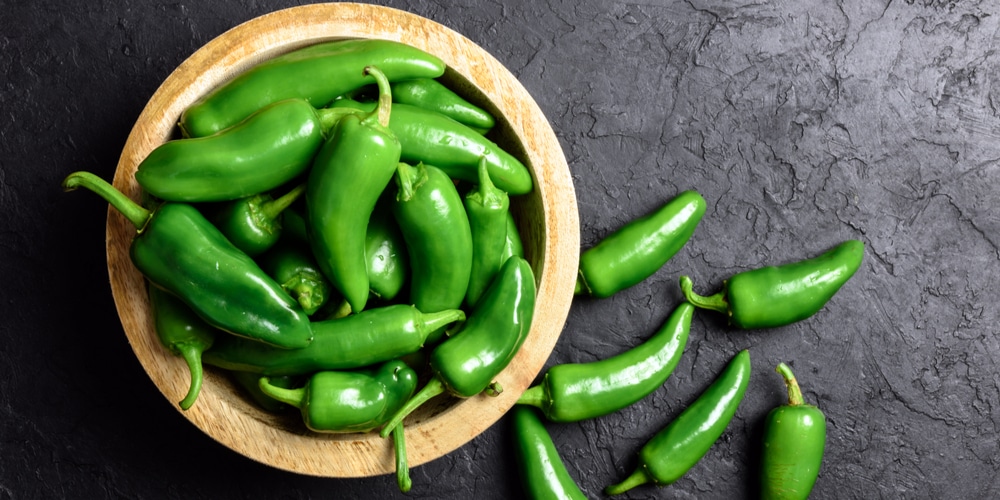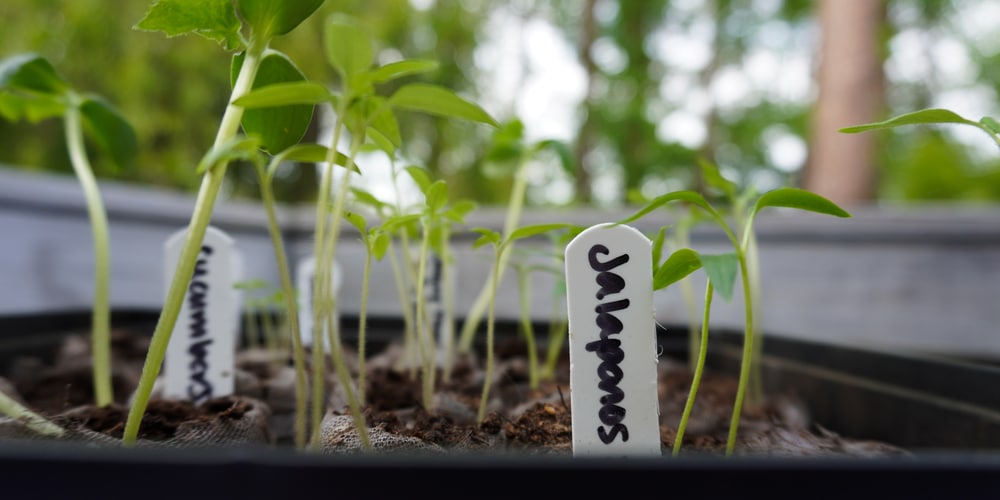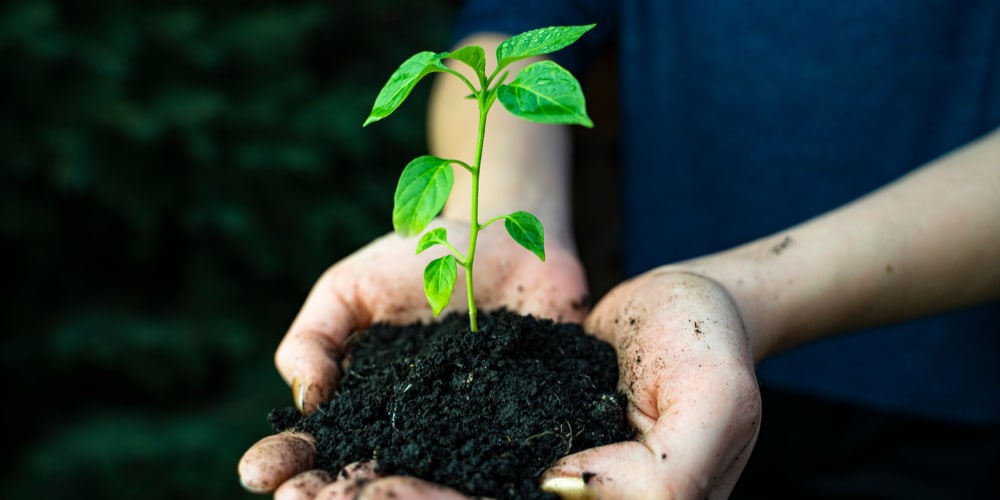Peppers are considered by many gardeners the most profitable and strikingly diverse vegetable crops. There are several varieties of peppers that can be differentiated by features like shape, color, flavor, and scent. Within these varieties, you may be able to subdivide peppers into sweet-smelling ones and pungent varieties.
Jalapeno is a green chili variety easily found among the several chili pepper varieties in groceries. These peppers are not only diverse plants but also versatile: they can be harvested when ripe or when still green, but their taste remains the same.

To add, jalapeno peppers have a wide harvesting time frame giving their gardeners the convenience to harvest more.
With all the goodies in taste and convenience that jalapeno peppers add to your garden and food, you may need to know when and how to transplant them and harvest more. This article covers both the steps and best time to transplant jalapeno seedlings.
When to transplant Jalapeno seedlings
Peppers are relatively hardy vegetable plant varieties in the warmer planting zones but may not be able to tolerate the harsh cold that is experienced in fall, winter, and early spring in some regions. Therefore, timing is a critical factor when planning to plant jalapeno; otherwise, you may not harvest any peppers by the end of the planting season.
The best time to plant jalapeno is when the soil is relatively warm, about 18 degrees Celsius to 29 degrees celsius. Weather conditions usually change over the years, making it difficult to project the exact pepper planting time. All you need is to be very keen on your locality’s weather forecast and actual weather conditions.
Papers should be started indoors at least eight weeks before the appropriate planting time because they need more time to mature. They are then transplanted after 1or 2 weeks: after they have produced the first two leaves.
Like most hot pepper plants, jalapeno is first transplanted into larger indoor pots before moving to the outdoor garden.
How to transplant Jalapeno seedlings
Jalapeno seeds are first planted indoors for about two weeks and later moved to larger indoor pots or trays for about six or eight weeks. Transplant outdoors when the soil is warm and free from the dangers of frost. Follow these steps when transplanting jalapeno seedlings.
1. Prepare the planting site
Select an outdoor site that receives maximum sunlight of about six to eight hours a day. Prepare larger pots, soil, and manure or compost. Fill the pots with fertile soil as you mix with compost or manure, and add water gradually until you fill the pot to ¾ height.
You can also prepare the ground and add manure to enhance its fertility and texture.
2. Prepare the seedlings
This can be done by simply watering the pots to ease the uprooting process. Watering helps retain more soil on the roots and avoid exposing or damaging the roots when moving to the outdoor garden. Damage may cause your seedlings to turn black.
3. Prepare the tilled land for planting
Make holes that are slightly deeper than the soil level in the containers on your outdoor tilled land. Space the holes 14 to 24 inches apart to give the plants enough growing space.
If you are transplanting in pots, make a hole at the center of the pot and make sure the soil is relatively wet before transplanting.
4. Move the seedlings outdoor
Before preparing the outdoor planting space, you need to harden the peppers by moving them outside to introduce them to the new outdoor environment for about 10 days before doing the transplant.
Remove the seedlings from their pots and be keen not to interfere with the root structure. If you had watered the pots appropriately, you can simply turn the containers upside down and squeeze the bottom of the container to easily remove the seedling with a wet hip of soil around it.
5. Plant the seedlings
Place the seedlings in the holes you had prepared earlier and fill the empty spaces with soil mixed with compost. You can add a layer of mulch to reduce the possibility of soil running from the plants when it rains or when watering.
Add water to the seedlings to reduce transplant shock. Monitor the seedlings and keep watering weekly when the seedlings are young, and reduce the watering intervals as they mature.
When To Transplant Jalapeno Seedlings: Conclusion
To have pleasing results from your jalapeno pepper garden, you need to prepare your own seedlings. They are not hard to start but may be picky. In most cases, the yield you get from peppers is determined by the quality of the seedlings.
The above tips may help you start off and healthily transplant the seedlings.
Related Article: How Big and Tall do Pepper Plants Grow?

